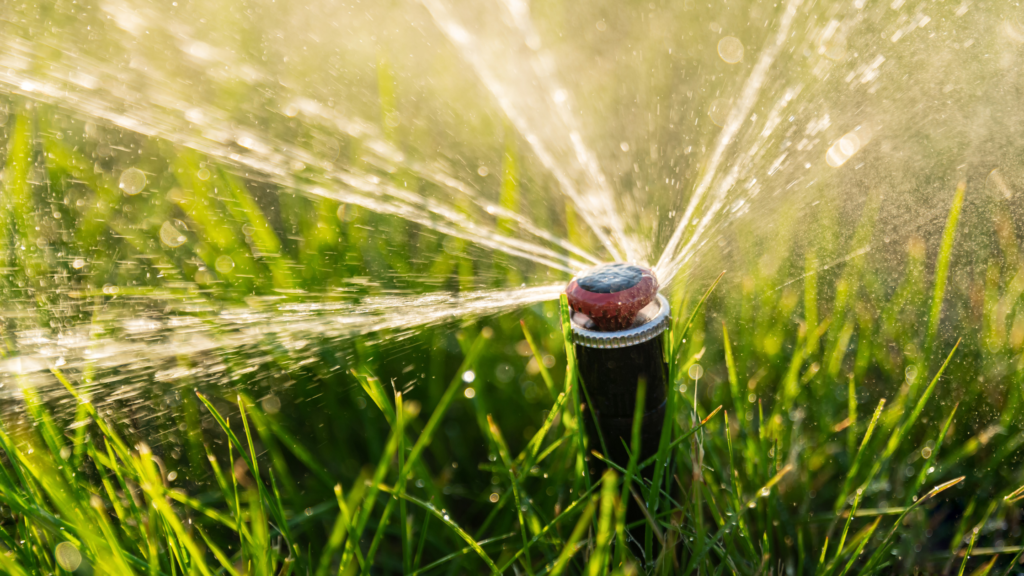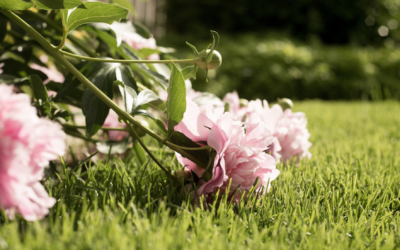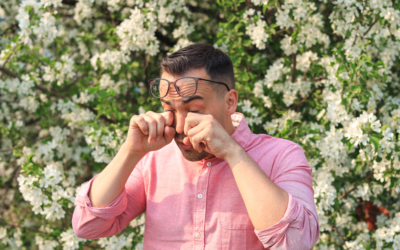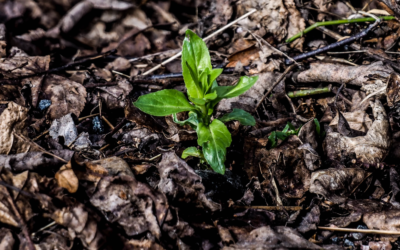A well-maintained lawn is the crown jewel of any home, providing a lush and inviting outdoor space. Proper watering is one of the most critical aspects of lawn care, as it directly impacts the health and appearance of your grass. While it might seem like a simple task, knowing the best time to water your lawn can make all the difference between a vibrant, thriving lawn and a lackluster one. In this blog, we’ll delve into the science and secrets behind watering your lawn at the right time for optimal results.
The Science Behind Lawn Watering
Understanding the science of lawn watering is crucial to grasp the significance of timing. Water is vital for plant growth, as it is responsible for facilitating nutrient uptake and photosynthesis. The roots of grass absorb water from the soil, but they also require oxygen to survive. Overwatering can lead to suffocation of the roots, while underwatering can cause stress and weaken the grass.
Best Time to Water: Early Morning
When it comes to watering your lawn, the early bird gets the worm. The best time to water your lawn is in the early morning, ideally between 4 a.m. and 9 a.m. During this period, the temperatures are cooler, and the sun is not yet at its peak, reducing water evaporation. Several advantages of morning watering include:
- Minimizing Water Loss: Watering in the early morning reduces water loss due to evaporation. When you water later in the day, especially during the hottest hours, a significant portion of the water evaporates before it can be absorbed by the grass roots.
- Preventing Disease: Watering in the morning allows the grass blades to dry quickly, which helps prevent the development of lawn diseases caused by prolonged moisture on the foliage. Fungal diseases, such as powdery mildew, thrive in damp conditions, so morning watering is a preventive measure.
- Boosting Growth: Morning watering provides grass with the moisture it needs to start its day. The grass will be able to absorb the water and nutrients efficiently, promoting healthy growth and overall resilience.
Alternate Timing: Late Afternoon/Early Evening
If watering in the morning is not feasible due to work or other commitments, the second-best time to water your lawn is during the late afternoon or early evening, between 4 p.m. and 7 p.m. While this time is not as ideal as the early morning, it still offers some benefits:
- Cooler Temperatures: Late afternoon and early evening temperatures are cooler than midday, reducing the risk of water evaporation.
- Recovery Time: Watering in the late afternoon allows the grass to recover from the heat stress experienced during the day. It can rejuvenate the lawn and prepare it for the night.
Avoiding Nighttime Watering
Watering your lawn at night, especially just before sunset or after dark, is generally not recommended. Although it might seem convenient, nighttime watering can lead to various issues, including:
- Fungal Growth: Grass that remains wet throughout the night is more susceptible to fungal growth, which can damage the lawn over time.
- Inefficient Absorption: With lower temperatures at night, the grass absorbs water at a slower rate. This can lead to excessive moisture on the surface and potential root problems.
Watering your lawn at the right time is an essential aspect of maintaining a healthy and beautiful outdoor space. By understanding the science behind lawn watering and the significance of timing, you can ensure that your lawn receives the hydration it needs to flourish. With proper watering practices, your lawn will thrive, providing you and your family with a lush, green oasis to enjoy throughout the seasons.
10 Low-Maintenance Plants Perfect for Busy Moms
In the hustle and bustle of everyday life, busy moms often find it challenging to devote extensive time to garden maintenance. However, that doesn't mean they can't enjoy a beautiful and vibrant garden. With the right selection of low-maintenance plants, moms can...
Alleviating Seasonal Allergies: Transforming Your Yard into a Haven
As spring blossoms and nature awakens, so does the onslaught of seasonal allergies. For many, this time of year is brutal, bringing sneezing, itching, and congestion, making outdoor activities less enjoyable. However, by implementing some simple changes to your yard,...
Transitioning from Winter to Spring: Lawn Care Tips for Wisconsin
As the chilly grip of winter begins to loosen its hold and signs of spring emerge, homeowners in Wisconsin start turning their attention to their lawns. Transitioning from the dormancy of winter to the active growth of spring requires careful attention and specific...




